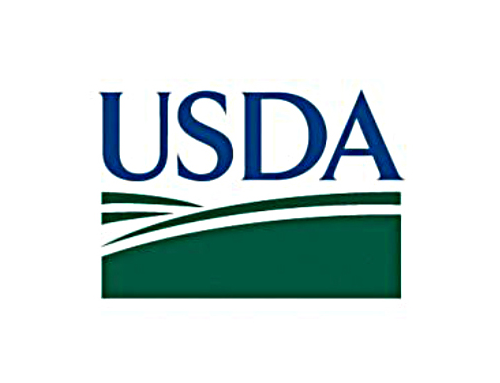WASHINGTON, June 17, 2022 – Today, Agriculture Secretary Tom Vilsack issued a United States Department of Agriculture (USDA) proclamation in recognition and support of National Pollinator Week (June 20 – 26, 2022). Pollinator species, such as bees, other insects, birds, and bats play a critical role in producing more than 100 crops grown in the United States. Honey bee pollination alone adds more than $18 billion in value to agricultural crops annually.
USDA recognizes the critical role pollinators play in agriculture and supports pollinator health through research, data collection, diagnostic services, monitoring, pollinator habitat enhancement programs and pollinator health investments. USDA also released today its “Annual Strategic Pollinator Priorities Report (PDF, 1.8 MB)” that outlines USDA pollinator research and programmatic priorities for the coming year. Research priorities focus both on managed and wild pollinators. Identifying pollinator research priorities and practices enables USDA, our partners, and communities we serve to make informed decisions when supporting pollinator health in the agricultural systems, ecosystems and economies that depend on pollinators.
USDA will also be hosting a pollinator exhibits exposition in conjunction with the USDA Farmers Market on Friday, June 24, 2022 (no rain date scheduled), from 10:00 a.m. to 2:00 p.m. (EDT) on 12th Street and Jefferson Drive SW (next to the Smithsonian Metro Station). This event, in celebration of National Pollinator Week, will feature dozens of vendors and exhibits for the public to explore and learn about pollinators and pollinator health.
Read the full proclamation: National Pollinator Week Proclamation (PDF, 244 KB)
Learn more about USDA pollinator work at www.usda.gov/pollinators.
USDA touches the lives of all Americans each day in so many positive ways. USDA is transforming America’s food system with a greater focus on more resilient local and regional food production, fairer markets for all producers, ensuring access to safe, healthy and nutritious food in all communities, building new markets and streams of income for farmers and producers using climate smart food and forestry practices, making historic investments in infrastructure and clean energy capabilities in rural America, and committing to equity across the Department by removing systemic barriers and building a workforce more representative of America. To learn more, visit www.usda.gov.

